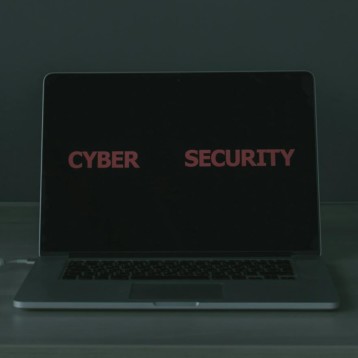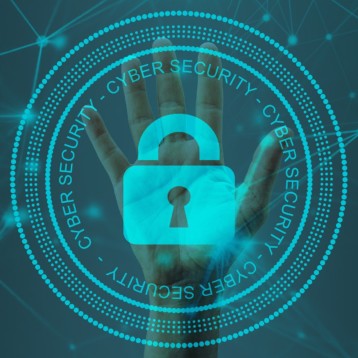Northrop Grumman recently tested a new modular electronic laser capable of emitting a targeted 105 kilowatt beam. Part of the United States Defense Department’s Joint High Power Solid State Laser (JHPSSL) program, Northrop Grumman’s new laser is the first weapons-grade electronic laser in the world, exceeding the 100 kilowatt threshold generally accepted as the necessary power level required for battlefield use.
 |
The new laser in the lab
(Credit Northrop Grumman) |
|
The Northrop Grumman test completed the final demonstration milestone for Phase 3 of the JHPSSL program. In addition to the higher power requirements (earlier tests only reached 30 kilowatts), this round of testing met several other program requirements including powering on in less than one second and operating continuously for more than five minutes without any degradation in beam efficiency or quality.
Northrop Grumman built the laser using 32
garnet crystals chained together to amplify individual 15 kilowatt beams. The current system amplifies the beam seven times, resulting in the 105 kilowatt total of the composite beam. The current hardware can easily support at least one more amplification node, meaning future versions of the modular laser should be even more powerful. The design of the laser allows users to adjust the power of the beam depending on the military situation and desired threat response level.
While there are more powerful lasers, they are all chemically-powered and extremely impractical for battlefield conditions. The chemicals they required are noxious and difficult to handle and the lasers require massive quantities of the chemicals to produce a beam (one beam weapon tested at White Sands Missile Range required eight 40 foot long cargo containers of chemical fuel to power a single blast). The specific power requirements of the Northrop Grumman electronic laser have not been released, but they promise to be much more manageable than chemical lasers.
There are still many more steps before laser beam weapons are deployable as real weapons. The components of the laser system must be miniaturized to fit into a vehicle or portable device, some sort of thermal controls are needed for safe operation outside of the laboratory, and much more extensive testing is needed including testing in real world conditions. Large investments in time, money, and materials will need to be committed to meet these requirements.











